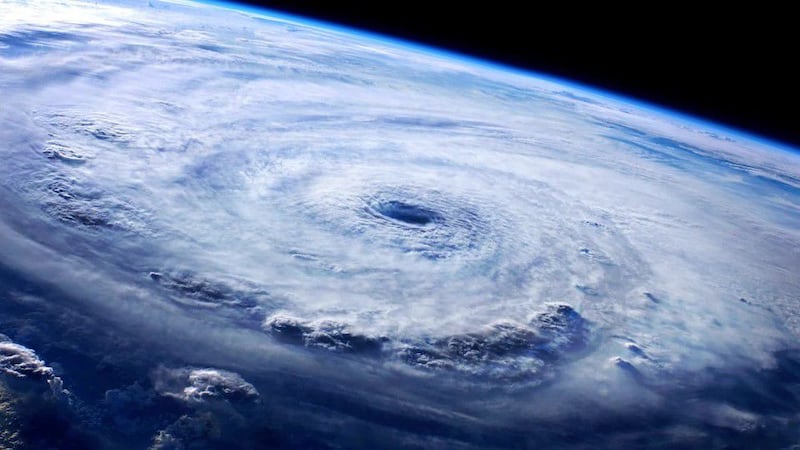Wednesday marked the beginning of the 2022 Atlantic hurricane season, and forecasters are warning that it could be a very active one.
One of the reasons for the warning is a current of water in the Gulf of Mexico that can serve to provide extra fuel for tropical storms.
The current, called the Loop Current, flows through the Gulf of Mexico in a loop when warm Caribbean waters move northward into the Gulf.
Here is why meteorologists are concerned about the current this year:
What makes the Loop Current increase chances of a more active hurricane season?
The Gulf of Mexico has warm water, but the warm water in the Gulf is essentially a shallow layer sitting on top of a deep layer of colder water.
When the Loop Current is pushed farther north, as it is this year, that allows for much warmer water to exist at deeper levels of the Gulf.
The water from the current is much deeper — hundreds of feet in some places — and because it is so warm so deep, it offers plenty of fuel for tropical systems.
Why is it so far north this year?
Several factors determine how far north the current will flow each year. The salinity and water temperature play a part.
What happens when the current is farther north in the Gulf?
The current is as far north this year as it was in 2005, which turned out to be one of the most destructive hurricane seasons on record.
In that year, the U.S. and Mexico saw landfalling hurricanes Katrina, Rita and Wilma. All three were particularly destructive, with Wilma having peak winds of 185 miles per hour.
Of the 27 named storms that year, seven became major hurricanes. Wilma and Rita, both of which crossed the Loop Current that year, became two of the most intense Atlantic hurricanes on record.
A Loop Current that goes far north into the Gulf gives Atlantic- and Caribbean-born storms more time over very warm, deep water.
Nick Shay, professor of oceanography at the University of Miami, said in The Conversation that he has “been monitoring ocean heat content for more than 30 years as a marine scientist. The conditions I see in the Gulf in May 2022 are cause for concern.”
According to Shay, it is the depth of the warm water that gives a storm a chance to explode in strength.
“Hurricanes draw most of their strength from the top 100 feet (30 meters) of the ocean. Normally, these upper ocean waters mix, allowing warm spots to cool quickly,” Shay said.
“But the Loop Current’s subtropical water is deeper and warmer, and also saltier, than Gulf common water. These effects inhibit ocean mixing and sea surface cooling, allowing the warm current and its eddies to retain heat to great depths.”
©2022 Cox Media Group








